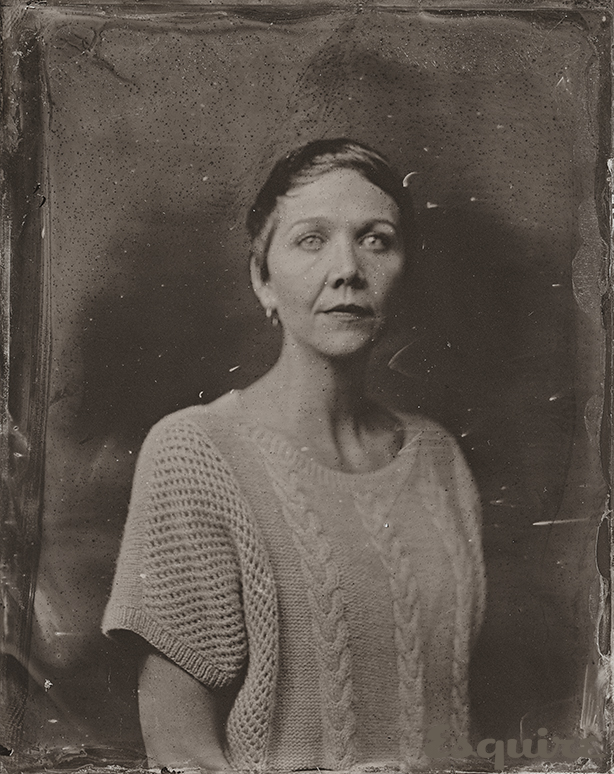

 © Victoria Will, tintype portraits at Sundance film festival.
© Victoria Will, tintype portraits at Sundance film festival.
There is no denying that alternative photographic processes are fashionable these days. I’m sure there are people reflecting upon this at the very moment, writing articles and giving conferences on the very same issue. As for me, due to an investigation regarding ‘authenticity’, I got to think how this hype with ancient techniques may relate to the ‘quest for authenticity’.
In a short comment about the portraits seen above, the author said: “I am fascinated by the slow process, the finicky nature of the chemistry, and the beauty in each unpredictable result. There is something really special in each wet plate being one of a kind. It’s incredibly honest.” The discourse is undoubtedly romantic, as if the ‘nature’ of the chemistry could attest for the ‘nature’ of the subject depicted. As for the word ‘honest’ it is just plain wrong, for honesty is a moral quest. I suppose she means they are ‘sincere‘ for the origin of the word ‘sincere’ (sine + cera) does in fact mean something clean and pure, but that was long ago. The word ‘sincere’ now also applies to moral qualities…
This turn in the photographic medium is clearly related to the digital take-over and the excessive cleanliness and hyper-stylized images that now dominate the media – from publicity to photojournalism. There’s a lot of talk about photographs having lost their ‘authenticity’, but what people mean when they use this word in such a context is that they have lost their uniqueness. They may be beautiful but they are not sublime.
Alternative processed photographs – like tintypes – have the particularity of being manufactured and singular. Even if you can multiply them, each image will have its own print. But what does it say about the images themselves?
I’m not questioning the beauty of the objects. They definitely have more dimensions than digital images, not only because they have texture and they smell but mainly because they evoke the sentiment of being, both of the photographer and of the subject photographed. Tracing the hand of the author makes it easy to find empathy with his choices.
Anyway, this sudden fascination with the ‘old-fashioned’ is not exclusive of the photographic medium. It is also very present in the music scene and in fashion. It’s the ‘mod’, the ‘rockabilly’, the ‘vintage looks’, the ‘retro shops’. It’s people going on protests singing protest songs from half a decade ago, it’s all this and much more.
So the question is: what is happening in society that makes people look back and feel nostalgic, instead of ‘being’ here and now?
One thing about ‘authenticity’ that many authors agree with is that the ‘rhetoric of authenticity’ derives from an anxiety with loss. The heideggerian take is that the anxiety of the everydayness is precisely what prevents us from ‘being authentic’. Though I now discard any proper definition of ‘authenticity,’ I can agree that without the chance to exist in the present, in no way can you feel or act in truth to yourself.
In “Sincerity and Authenticity”, Lionel Trilling writes: “Here and now may be unpleasant, but at least they are authentic in being really here and now, and not susceptible to explanation by some shadowy there and then.”








One thought on “٠ Old fashioned = inauthentic for the present time ٠”